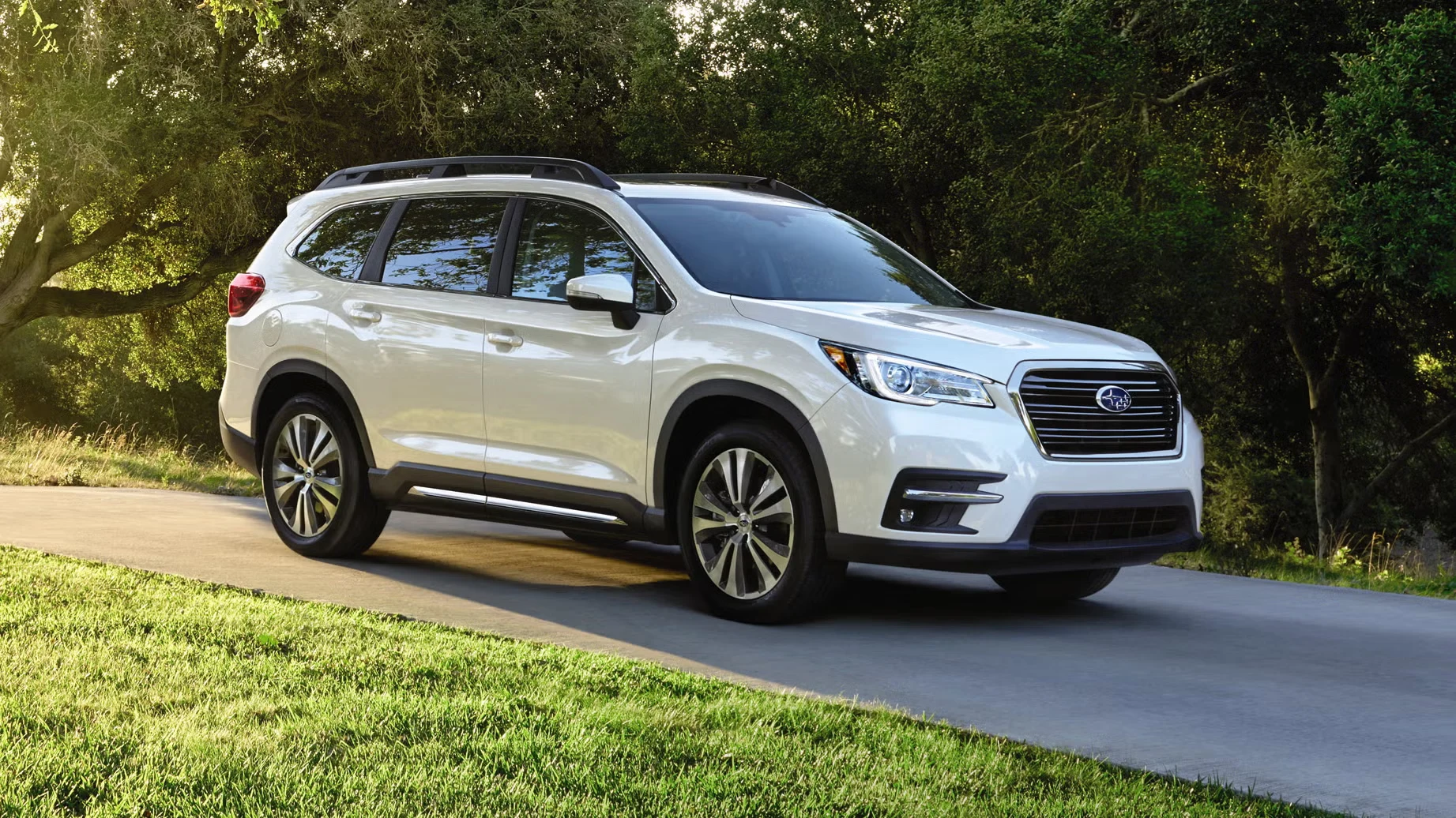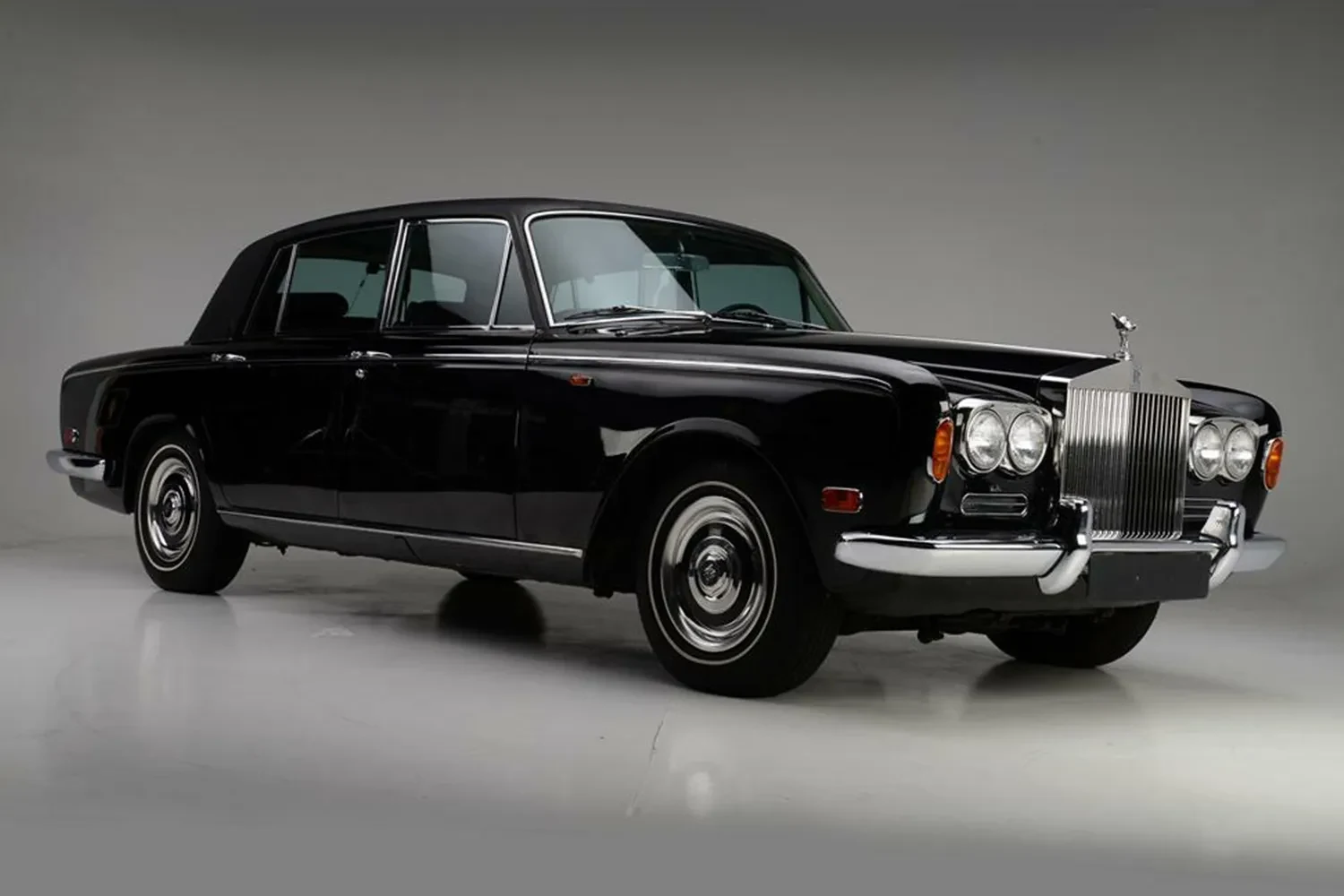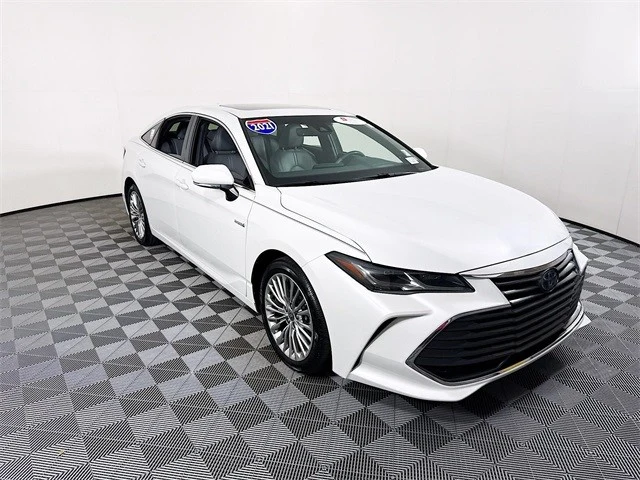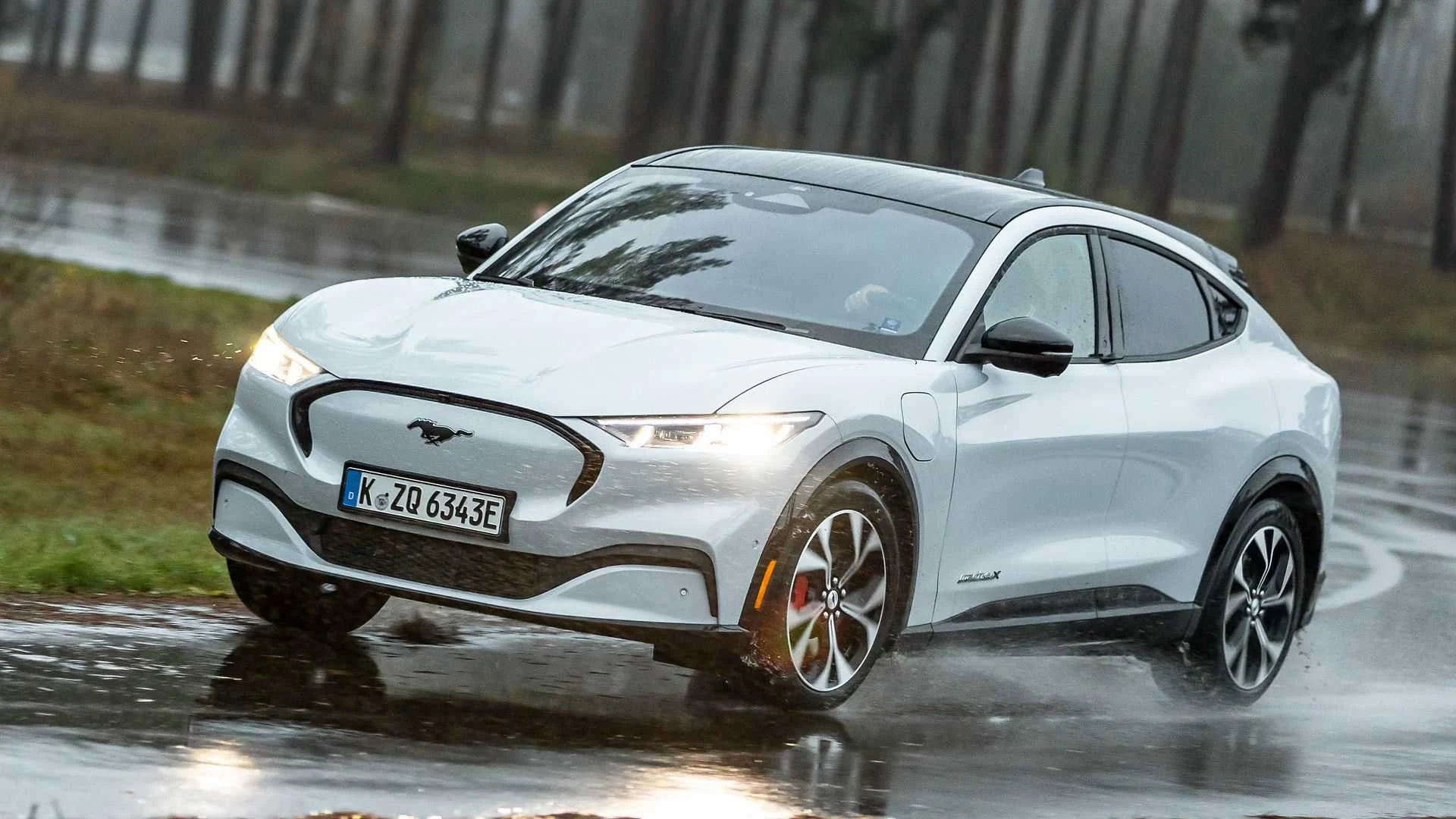Table of Contents
ToggleIntroduction: Why Subaru Ascent MPG Matters
When families shop for a three-row SUV, the first questions are usually about space, safety, and comfort. But in today’s world of rising fuel costs, fuel economy has become just as important. That’s why the Subaru Ascent MPG deserves attention. Subaru’s largest SUV is not only known for its safety, standard all-wheel drive, and family-friendly features, but also for its impressive efficiency in a segment that’s usually associated with high fuel consumption. Whether you’re using it for school runs, cross-country road trips, or weekend adventures, understanding how much fuel the Ascent uses will help you plan better and save money in the long run.
Quick Subaru Ascent MPG Reference
| Driving Condition | Estimated MPG |
|---|---|
| City (EPA) | 20 MPG |
| Highway (EPA) | 26 MPG |
| Combined (EPA) | 22 MPG |
| City (Real-World) | 20–22 MPG |
| Highway (Real-World) | 26–28 MPG |
| Mixed Driving | 22–24 MPG |
| Heavy Towing | 16–18 MPG |
| Light Load | 24–26 MPG |
| Long Road Trips | 26–27 MPG |
| Maximum Achieved | ~28 MPG |
Subaru Ascent MPG
The Subaru Ascent MPG figures are surprisingly competitive for a mid-size SUV with standard all-wheel drive. According to official EPA estimates, the Ascent delivers around 20 miles per gallon in the city, 26 miles per gallon on the highway, and a combined rating of about 22 MPG. These numbers put it on par with or ahead of many rivals, especially considering that all-wheel drive is standard on every trim. Real-world experiences from owners often mirror these figures closely. Drivers who spend most of their time on highways report achieving as much as 27 to 28 MPG on longer trips, while those who frequently encounter stop-and-go traffic tend to see numbers closer to 20 or 21 MPG. Mixed driving conditions, such as suburban commutes with occasional highway stretches, usually result in a combined mileage in the 22 to 24 MPG range.
How Subaru Delivers Strong MPG in a Three-Row SUV
One of the biggest reasons the Subaru Ascent MPG is so competitive is the engineering under the hood. The Ascent uses a 2.4-liter turbocharged BOXER four-cylinder engine that produces a strong balance of power and efficiency. Unlike many competitors that rely on heavier V6 engines, Subaru’s flat-four design lowers the vehicle’s center of gravity and reduces internal friction, both of which help improve fuel economy. This engine is paired with a Lineartronic continuously variable transmission (CVT), which smoothly adjusts gear ratios to keep the engine operating in its most efficient range. Another important factor is Subaru’s Symmetrical All-Wheel Drive system. Instead of adding weight and resistance like many part-time systems, it efficiently distributes power to all four wheels only when needed, reducing unnecessary fuel use while still offering excellent traction in all conditions.
Real-Life Performance and Driving Scenarios
The Subaru Ascent MPG can vary significantly depending on how and where you drive. On open highways with steady speeds, the Ascent often exceeds its official ratings, thanks to its aerodynamic design and efficient turbocharged engine. In city driving, frequent stops, acceleration, and traffic lights tend to reduce fuel efficiency slightly, but the CVT helps keep the engine in its optimal power band even in these conditions. If you regularly carry heavy cargo or drive with all three rows filled with passengers, you may notice a minor decrease in fuel economy, but the Ascent still performs better than many larger V6-powered competitors. Even when towing up to its 5,000-pound capacity, the Ascent remains relatively efficient, though real-world MPG typically drops into the high teens in such situations. This balance of performance and economy is one of the main reasons why families appreciate the Ascent’s practicality.
How the Ascent Compares to Its Rivals
Fuel economy can be a deal-breaker when choosing a family SUV, and the Subaru Ascent MPG compares favorably to many of its competitors. Models like the Toyota Highlander and Ford Explorer offer slightly higher highway ratings in some configurations, but they often require front-wheel drive or hybrid powertrains to achieve those numbers. The Honda Pilot and Kia Telluride, both of which use larger V6 engines, generally fall behind the Ascent in city and combined fuel economy. What makes the Ascent stand out is that it offers these competitive numbers with standard all-wheel drive, giving it an advantage in safety and traction without the fuel penalty typically associated with AWD systems. For families who frequently face rain, snow, or mixed road conditions, this balance is a major selling point.
Improving Your Subaru Ascent MPG in Daily Use
While Subaru has engineered the Ascent to be fuel-efficient, driver habits still play a significant role in real-world performance. Smooth acceleration, steady cruising speeds, and anticipating stops can make a noticeable difference in how far you go on a tank. Using cruise control on highways helps maintain a consistent speed and improves fuel efficiency over long distances. Keeping the tires properly inflated and ensuring the engine is well-maintained also helps the Ascent operate at peak performance. Additionally, reducing unnecessary weight by removing roof racks or heavy cargo when not needed can slightly boost your mileage. Although these changes may seem small, combined they can help you achieve or even exceed the rated Subaru Ascent MPG figures.
Family Travel and Long-Distance Economy
One of the most impressive qualities of the Subaru Ascent MPG is how well it holds up on long road trips. Families who use the Ascent for vacations often report fewer fuel stops compared to their previous SUVs, which can significantly reduce travel time and costs. The combination of a large fuel tank and solid highway mileage means you can often travel more than 500 miles on a single tank under ideal conditions. This makes the Ascent not just an efficient commuter but also an excellent choice for cross-country adventures, mountain getaways, and weekend road trips. Its balance of space, comfort, and economy is ideal for drivers who want versatility without compromise.
Conclusion
The Subaru Ascent MPG proves that you don’t need to sacrifice efficiency for space, safety, and capability. In a segment where fuel economy often takes a backseat, the Ascent delivers real-world numbers that meet — and often exceed — expectations. Its turbocharged engine, advanced transmission, aerodynamic design, and standard all-wheel drive work together to offer a rare combination of power and practicality. Whether you’re navigating daily commutes, exploring scenic highways, or towing heavy loads, the Ascent remains efficient and reliable. For families seeking a three-row SUV that’s powerful enough for adventure yet frugal enough for everyday use, the Subaru Ascent is one of the smartest choices on the road.
I’m Waqas, an electric vehicle enthusiast and tech writer with over 6 years of experience covering the EV industry. I write in-depth articles, comparisons, and reviews to help readers understand the fast-evolving world of electric mobility. From battery technology to EV launches and charging trends, I aim to make complex EV topics simple, engaging, and informative for everyday drivers and curious readers alike.






